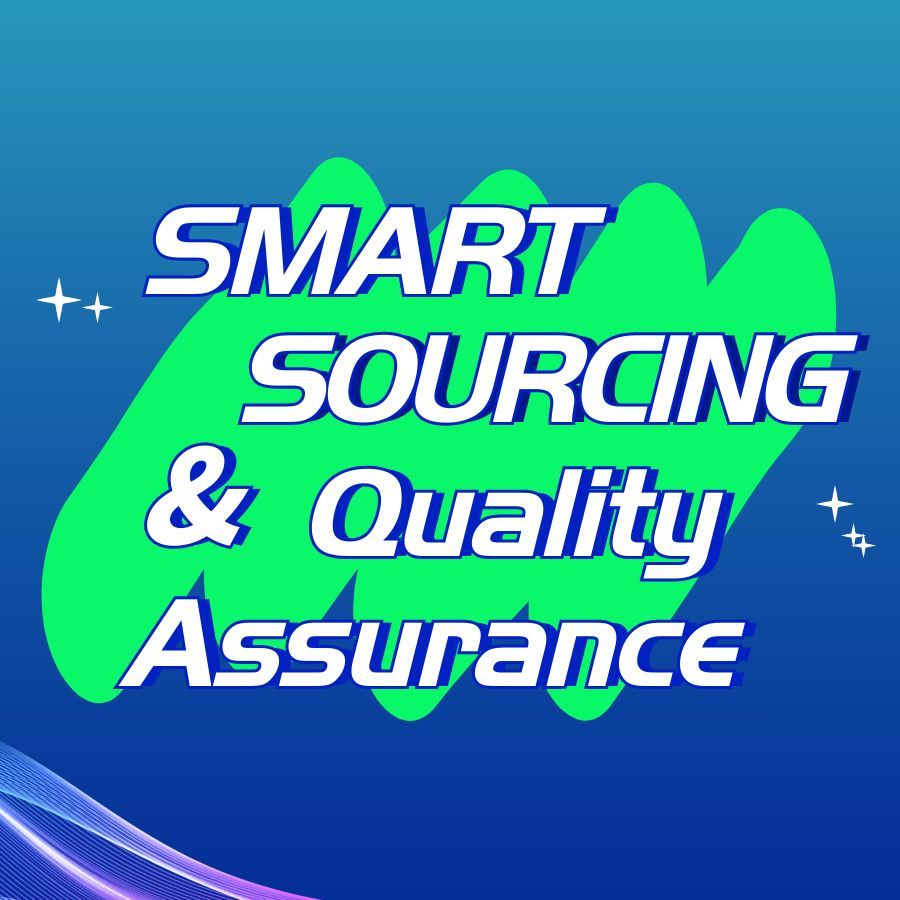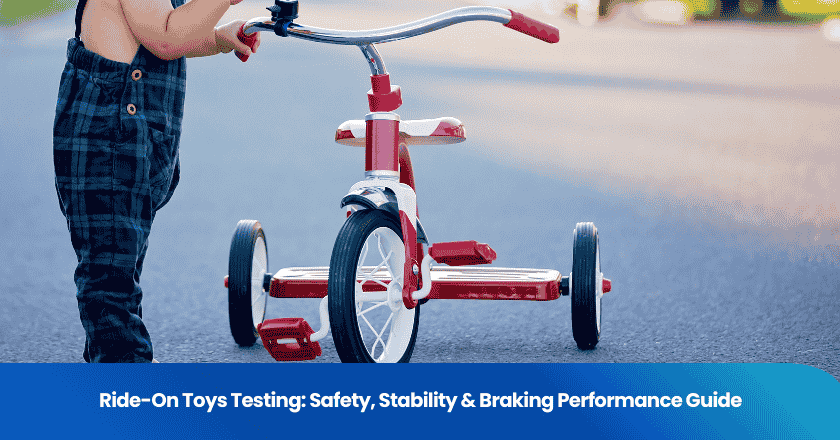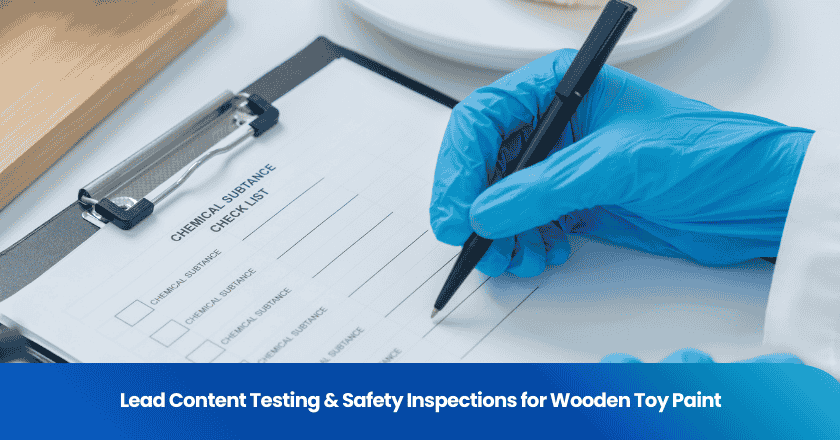
In the globalized business environment, choosing the right global sourcing service partner is crucial for the success of a company.
A good partner can provide high-quality products and services, help companies reduce costs, improve efficiency, and maintain a leading position in the highly competitive market.
Choosing the right global sourcing service partner requires considering multiple factors to ensure the smooth progress of procurement activities and the maximization of corporate interests.
The following are the steps for choosing a global sourcing service partner.
Step 1, define your goals and requirements
1.Understand your business needs
Identify key objectives: Enterprises need to clarify their procurement needs, including specific specifications, quantity, and quality requirements for the products or services required. Clarify what goals you hope to achieve through global sourcing, such as reducing costs, improving quality, entering new markets, etc.
Determine the required capabilities: List the core capabilities and expertise you expect your partner to possess, such as supply chain management, quality control, logistics management, etc.
2.Establish selection criteria
Align with business values: Ensure that the business philosophy and values of potential partners match those of your company.
Consider long-term goals: When choosing a partner, not only should current needs be considered, but also future development trends should be foreseen to ensure the long-term sustainability of the partnership.
Step 2: Evaluate potential partners
1.Research and shortlist
Conduct market analysis: study the main participants in the market, understand their market share, reputation, and customer feedback.
Use industry networks: Leverage industry conferences, associations, and social media channels to gather information on potential partners and seek recommendations within the industry.
2.Evaluate capabilities and experience
Business license and qualification certificate: Check the supplier's business license, qualification certificates of related industries, etc., to ensure that they have the qualifications and conditions for legal operation.
Reviewing past projects: Request potential partners to provide case studies or project references to assess their actual execution capabilities and experience.
Check the recommendation letters and testimonials: Seek customer recommendation letters and third-party testimonials to verify the credibility and service quality of potential partners. Through channels such as industry associations, customer reviews, and third-party evaluation agencies, understand the supplier's reputation, including historical cooperation records, contract performance, etc.
3.Examine the production capacity system of suppliers
Production capacity: Conduct on-site inspections of suppliers' production lines, equipment status, capacity scale, etc., to assess whether they can meet the procurement needs of the enterprise.
Quality management system: Understanding the supplier's quality management system, including quality inspection methods, quality control processes, product qualification rates, etc., to ensure the reliability of their product quality.
4.Evaluate price and service level
Price comparison: Combine factors such as product quality and delivery time to compare the price levels of different suppliers and choose the partner with the best cost performance.
Service level: Evaluate the pre-sales, in-sales, and after-sales service levels of suppliers, including technical support, logistics and distribution, return and exchange policies, etc., to ensure timely and effective support during the cooperation process.
5.Evaluate the stability and willingness to cooperate of suppliers
Stability assessment: Assess the supplier's business conditions, market share, financial status, etc., and evaluate whether they have the stability for long-term cooperation.
Cooperation intention: Understanding the supplier's cooperation attitude, communication smoothness, and willingness to establish long-term cooperative relationships will help both parties establish a stable cooperative relationship and jointly respond to market changes.
Step 3: Ensure effective communication and risk management
1.Establish clear communication channels
Set expectations and agreements: Clearly communicate channels, response times, and problem-solving mechanisms with potential partners.
Using agile methods: Adopt agile project management methods to ensure rapid response to market changes and customer needs.
2.Develop cooperation agreements and risk management strategies
Cooperation Agreement: Based on clarifying the details of cooperation between both parties, a detailed cooperation agreement is formulated to specify the rights and obligations of both parties, liability for breach of contract and other terms.
Risk management strategy: Develop strategies and measures to address potential risks, such as establishing a risk warning mechanism, setting liquidated damages, etc., to reduce cooperation risks and protect the interests of the enterprise.
Compliance inspection: Ensure that suppliers comply with relevant laws, regulations, and industry standards to avoid legal risks and compliance issues during the cooperation process.
3.Protect data and intellectual property rights
Implement security measures: Ensure that partners have appropriate data protection measures to prevent information leakage.
Follow the PoLP rule (Principle of Least Privilege): ensure that only authorized personnel can access sensitive information to reduce the risk of data leakage.
Step 4, consider flexibility, scalability, and fit with global sourcing service
1.Evaluate adaptability to changes in global sourcing service
Evaluating the response to market changes: Understanding how potential partners respond to market fluctuations and emergencies to ensure the stability of the supply chain.
Review the flexibility of contract terms: ensure that the contract terms allow for necessary adjustments based on market conditions.
2.Ensure the scalability of the global sourcing service
Analyzing growth potential: Assess whether potential partners have the resources and capabilities needed to support the growth of your business.
Future expansion plan: Discuss and understand the planning and preparation of potential partners for future expansion to ensure they can synchronize with the development of your business.
3.Focus on cultural fit
Cultural fit: Finding suppliers that align with corporate culture and values will help both parties communicate and collaborate better.
By following the above 4 steps, you will be able to choose partners that suit your global sourcing service needs with more confidence, thereby bringing long-term value and success to your business.
Grow your business with TradeAider Service
Click the button below to directly enter the TradeAider Service System. The simple steps from booking and payment to receiving reports are easy to operate.




